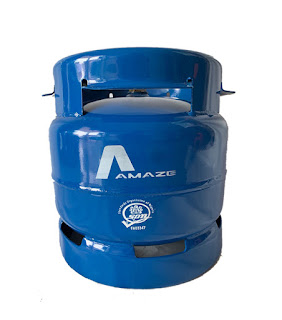Correct use of liquefied gas cylinders
In rural areas, almost every household now uses bottled liquefied gas. Generally, every household uses a bottle of liquefied gas and stores another bottle of liquefied gas at home. More than a decade ago, most families would go to the filling station to replace the bottled liquefied petroleum gas. Nowadays, the household bottled liquefied petroleum gas is mainly replaced by the gas provider driving the battery tricycle.
1. Liquefied gas cylinders should be placed in a place that is easy to move, ventilated and dry, and not easy to corrode. It is forbidden to be placed in a sealed cabinet;
2. Liquefied petroleum gas cylinders are strictly prohibited from being exposed to the sun, near open flames or places with high temperatures, and forbidden to grill with fire or pour with boiling water;
3. The liquefied gas cylinder should be used upright, and it is strictly prohibited to use it upside down or lying down;
4. LPG cylinders are strictly prohibited from kicking, rolling and impacting.
In the process of using liquefied gas, the fire must be extinguished by people to prevent the soup from overflowing to extinguish the flame or being blown out by the wind, causing the liquefied gas to escape. For parts that are prone to air leakage, soapy water should be regularly tested. Once the liquefied gas leaks, close the bottle valve, cut off the gas source, open the doors and windows, and perform ventilation. Never use an open flame, and do not turn on electric lights or other uses. Electrical equipment to avoid fire or explosion accidents.
Related Reading:


Comments
Post a Comment